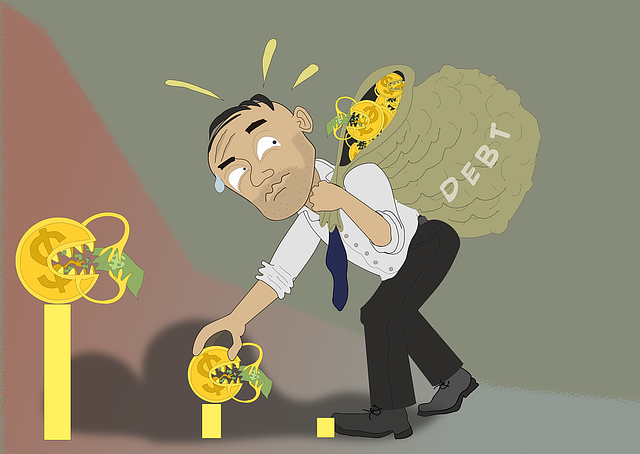
Saving money for the future is important, but I believe it’s even more important to invest that money and make it work for you. With that said, you can’t just start investing. You need to lay some groundwork first, you need to have goals in mind, and you have to be intentional so that when things get difficult, you stick with the plan instead of abandoning it during the discomfort. Today, we’re going to talk about how to set investing goals.
What kind of goals are there?
There are typically three-goal time horizons: short-term, medium-term, and long-term. A short-term goal is something you plan on achieving in 2-10 years. Saving for a down payment is a pretty common goal that fits into that window. A medium-term goal is 10-20 years. Saving for educational expenses for a child fits into that window. A long-term goal is retirement or anything else that’s 20+ years down the road.
These time windows are my opinion, though I think they’re pretty close to conventional opinion. Also, there are more goals than the ones I listed above.
How to think through your goal-setting
There are three things to keep in mind when you set investing goals (not to mention figuring out the goal itself). How much time do you have? Is this a short-term, medium-term, or long-term goal? Do you have time to take some risks or do you have to play it safe?
Speaking of risk…what are you comfortable with? Usually, this goes hand in hand with how much time you have. A short-term goal like saving for a down payment will need to be invested conservatively, if at all. In this scenario, you’ll have a set price you’re saving for so you can’t take a chance that the market dips and your savings fall below what you need it to be at.
Conversely, when you’re saving for retirement, you’ll have an opportunity to be more aggressive (at least in the beginning) because you have time to make back the money that you’ve potentially lost.
The last part of positioning your portfolio according to your goals is your comfort level/investor psychology. Time horizon and risk tolerance are small factors here, but it’s more about how volatility affects your mind. If the market drops and you’re panicked, maybe you need to be more conservative.
How to invest based on your goals
Here are some thoughts on how to invest based on your goals. If you’re saving for a short-term goal, like a down payment, I wouldn’t even invest it. UNLESS you’re very confident and you’re an expert in the particular field (though that applies to all of the time horizons).
If you’re saving for a medium-term goal, like saving for college, here’s what I’d do. You can be a little aggressive in the beginning because you have time to earn some money back. As you get closer to the end of your window, you’ll need to be more cautious. Maybe start 50/50 (stocks/bonds) and as you get closer, either get out of the market entirely or something like 10/90 or 20/80.
For your long-term goal, you’re able to be more aggressive for a longer period of time. 90/10, 80/20, 70/30, 60/40 all work great here. It depends on what you’re comfortable with. Same as the last one, as you get closer to the end of your window, you need to shift your allocation to be more conservative.
Keep in mind, these are blanket recommendations. I don’t know your situation, so you need to talk to a professional first before you set investing goals and make investment decisions.
Related reading:
How to Invest for the Long Term
Financial Resolutions: Debt, Saving, Investing, Real Estate, Crypto
Worthy Goals for You to Set and Crush
Disclaimer:
**Securities offered through Securities America, Inc., Member FINRA/SIPC. Advisory services offered through Securities America Advisors, Inc. Securities America and its representatives do not provide tax or legal advice; therefore, it is important to coordinate with your tax or legal advisor regarding your specific situation. Please see the website for full disclosures: www.crgfinancialservices.com
My name is Jacob Sensiba and I am a Financial Advisor. My areas of expertise include, but are not limited to, retirement planning, budgets, and wealth management. Please feel free to contact me at: jacob@crgfinancialservices.com






